Life
Sign up for our newsletter
We summarize the week's scientific breakthroughs every Thursday.
-
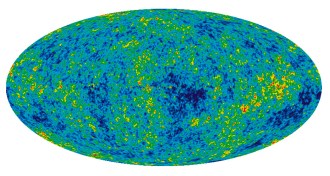 Cosmology
Cosmology‘Origins’ offers science-based account of creation
In Origins, a science writer compiles an ambitious yet concise history of the universe and life on Earth.
By Sid Perkins -
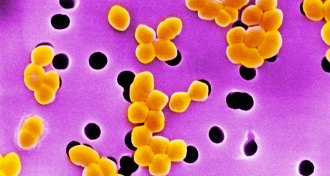 Life
LifeBody’s bacteria don’t outnumber human cells so much after all
New calculations show human cells about equal bacteria in the body.
-
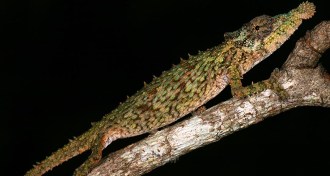 Animals
AnimalsSmall lizard packs powerful tongue
A tiny chameleon from South Africa sets an acceleration and power record for amniotes.
-
 Animals
AnimalsLittlest chameleons pack powerful tongues
A tiny chameleon from South Africa sets an acceleration and power record for amniotes.
-
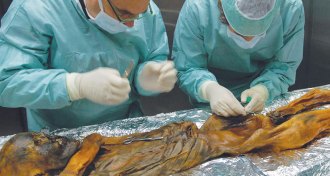 Genetics
GeneticsThe Iceman tells a new tale: Infection with ulcer-causing bacteria
Ötzi the Iceman was infected with a virulent strain of H. pylori. A new study is the first to piece together an ancient genome of these bacteria.
By Meghan Rosen -
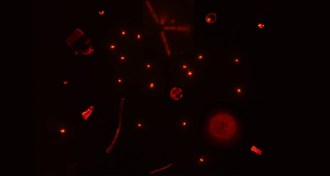 Oceans
OceansPhytoplankton flunk photosynthesis efficiency test
Nutrient-poor ocean waters make phytoplankton photosynthesis inefficient
-
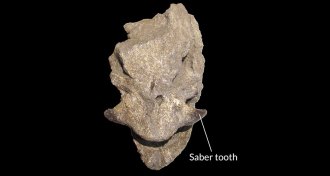 Paleontology
PaleontologySaber-toothed salmon teeth more like tusks than fangs
Saber-toothed salmon teeth may not have been positioned like fangs at all.
By Susan Milius -
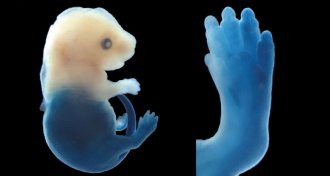
-
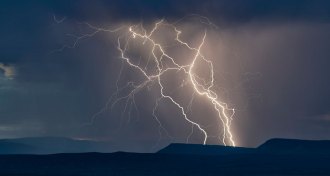 Animals
AnimalsAnimals get struck by lightning, too
Scientists found a group of sea lions apparently dead from a lightning strike. But those animals certainly aren’t the first animals to die that way.
-
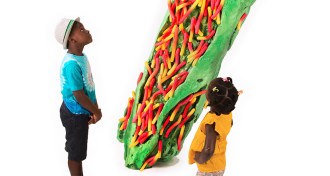 Microbes
MicrobesGet to know your microbes at ‘The Secret World Inside You’
The American Museum of Natural History’s newest exhibit rehabilitates bacteria’s bad reputation and introduces visitors to the microbiome.
By Devin Powell -
 Animals
AnimalsSharks follow their noses home
Leopard sharks draw on scents to navigate back to shore, study suggests.
-
